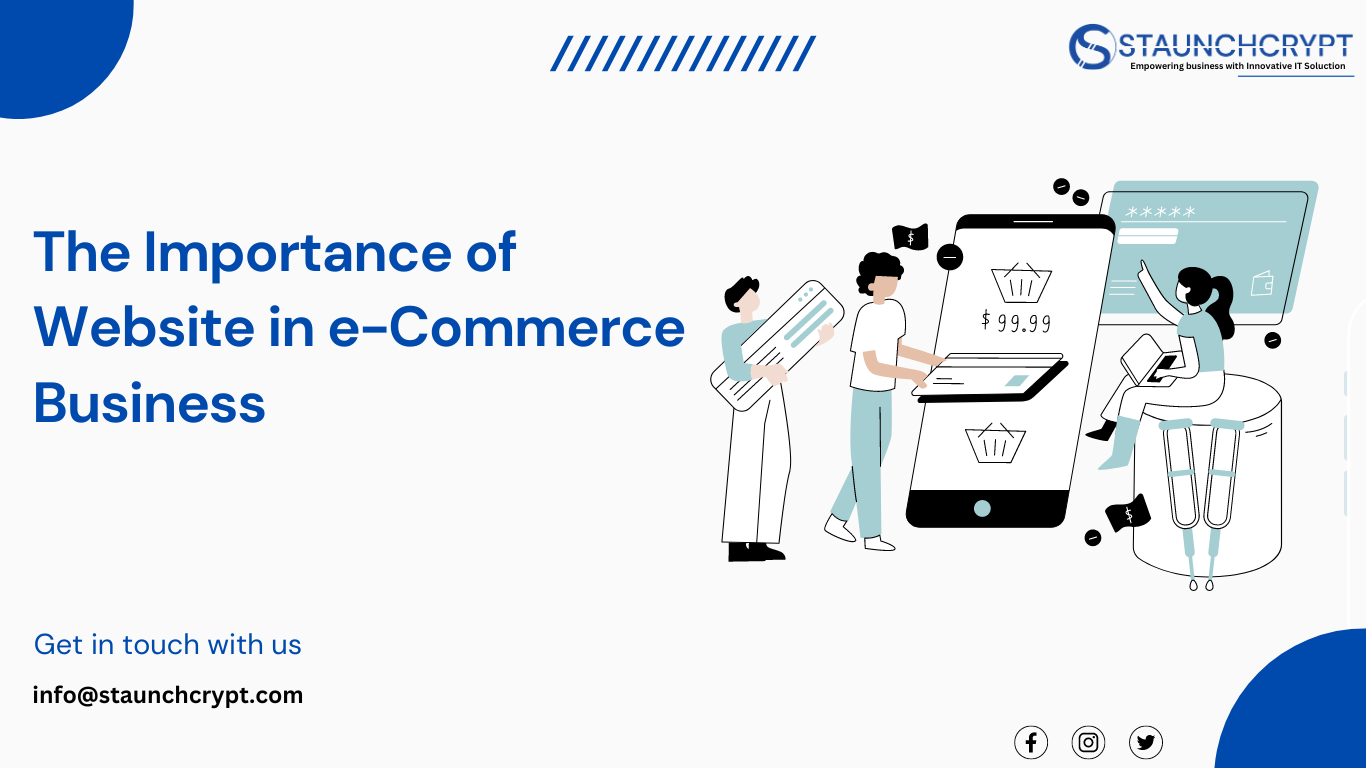Budget-Friendly Web Development Strategies for Startups
Leverage Open-Source Platforms
Why reinvent the wheel when there are so many robust, open-source platforms out there? WordPress, Joomla, and Drupal offer extensive functionalities at zero cost. By choosing an open-source platform, you can get your website up and running quickly, with thousands of free plugins and themes to customize your site. It’s like walking into a store where everything you need is free! Visit https://www.firstfreewebsite.com and apply in 2 minutes to get your professional website developed for free.
Use Affordable Hosting Services
Your website’s foundation is its hosting service, but you don’t have to go for the most expensive option to get reliable service. Providers like Bluehost, SiteGround, and Hostinger offer budget-friendly plans with great performance. Make sure you shop around, compare features, and choose a plan that fits your needs without overpaying. Look for providers offering discounts for the first year or bundling services like domain registration. Visit https://www.comparingwebhost.com to compare and select the best package as per your requirements in one place.
Opt for a Simple Design
It’s easy to get carried away with fancy designs and flashy animations, but simplicity can save you money and time. Start with a clean, minimalistic design that communicates your brand effectively without overwhelming visitors. Using a simple design also means fewer development hours, which translates into cost savings. Plus, simple websites often load faster and are easier to navigate, which your users will appreciate. Our team of web development experts can help you get your website created in no time.
DIY with Website Builders
If you’re on a tight budget and don’t have the resources to hire a developer, website builders like Wix, Squarespace, or Weebly can be your best friends. These platforms are user-friendly, offer a drag-and-drop interface, and come with a variety of templates. You don’t need any coding skills, and you can still create a professional-looking website. Many of these builders offer free plans, and the paid options are usually quite affordable. They only charge once you are ready to go live!
. Focus on Essential Features
It’s tempting to want to include every cool feature you can think of, but for a startup, it’s important to focus on what’s essential. Start with the basics—home page, about us, product/service pages, and contact information. You can always add more features later as your business grows and your budget increases. Prioritizing the essentials helps you avoid feature creep and keeps development costs in check. https://www.firstfreewebsite.com can build a professional website for free.
Utilize Free Resources
The internet is a treasure trove of free resources that can help you cut down on web development costs. Stock photos from sites like Unsplash and Pexels, icons from FontAwesome, and design tools like Canva are all available at no cost. These resources can help you enhance your website’s appearance without spending a dime. Just remember to check the licensing to ensure you can use them for commercial purposes.
Hire Freelancers or Use Remote Teams
If you do need help, consider hiring freelancers or remote teams instead of going with a full-fledged agency. Freelancers on platforms like Upwork, Fiverr, and Toptal can offer quality work at a fraction of the cost. Just be sure to review their portfolios and ratings to find someone who matches your vision and budget. Remote teams can also be a great option, as they often have lower overheads and can offer competitive rates.
Why pay when you can get it for free here! (Hyperlink of Firstfreewebsite)
Start Small with a MVP (Minimum Viable Product)
You don’t need to launch with a fully-featured website right out of the gate. Start with a minimum viable product (MVP)—a basic version of your website that includes only the most crucial features. This approach allows you to get your site live faster and with less expense, while you gather user feedback to inform future updates. As your business grows, you can gradually add more features based on what your customers actually need.
Use Affordable or Free Analytics Tools
Tracking your website’s performance doesn’t have to be costly. Google Analytics is free and provides comprehensive insights into your site’s traffic, user behavior, and conversion rates. Tools like Hotjar offer free plans to help you understand how visitors interact with your site through heatmaps and session recordings. By using these free tools, you can optimize your website without investing in expensive analytics software.
. Learn Basic Web Development Skills
Investing some time in learning basic web development skills can save you a lot of money in the long run. Online platforms like Codecademy, Udemy, and Coursera offer affordable courses in HTML, CSS, JavaScript, and more. By understanding the basics, you can handle minor updates and changes yourself without needing to hire a developer for every tweak. It also empowers you to make informed decisions when working with web developers.
Get your professional website built contact us today! (Hyperlink of Staunchcrypt)
Building a budget-friendly website doesn’t mean compromising on quality. By leveraging these strategies, you can create a site that looks great, functions well, and serves your startup’s needs—all without overspending. Remember, it’s all about making smart choices and using the resources available to you. So, roll up your sleeves, and get ready to build a website that will set your startup on the path to success!


